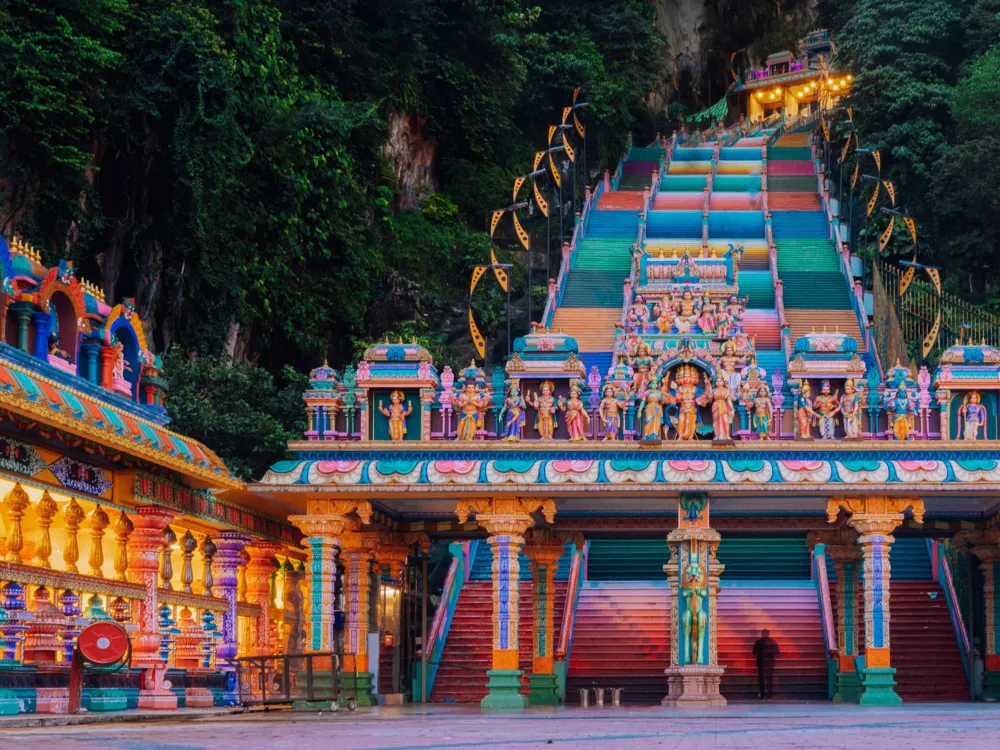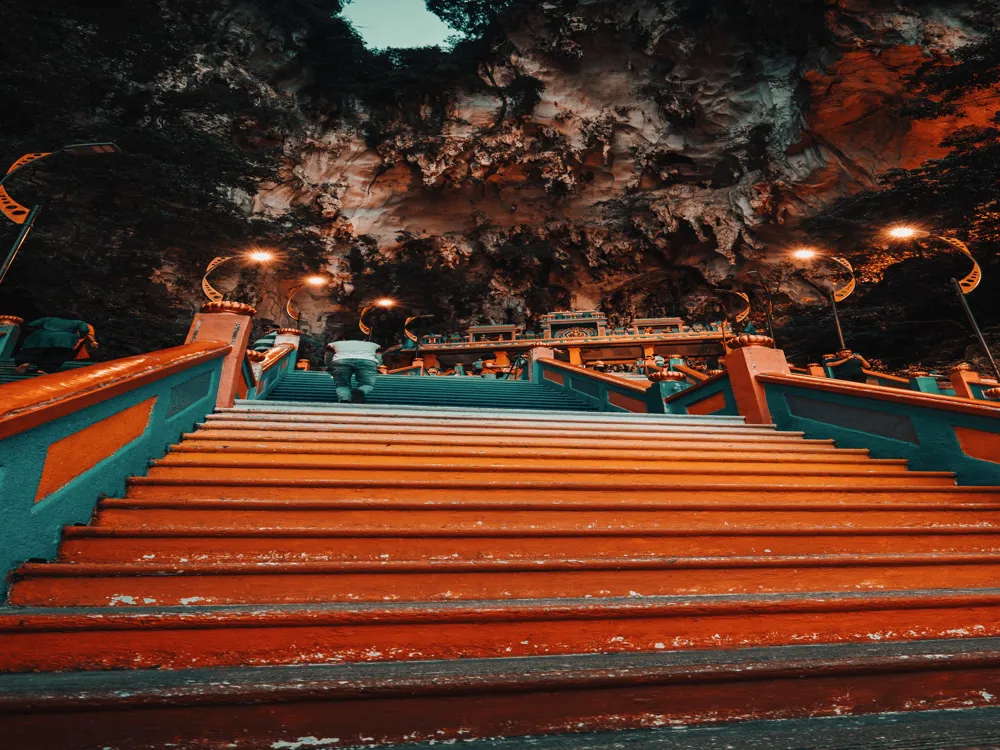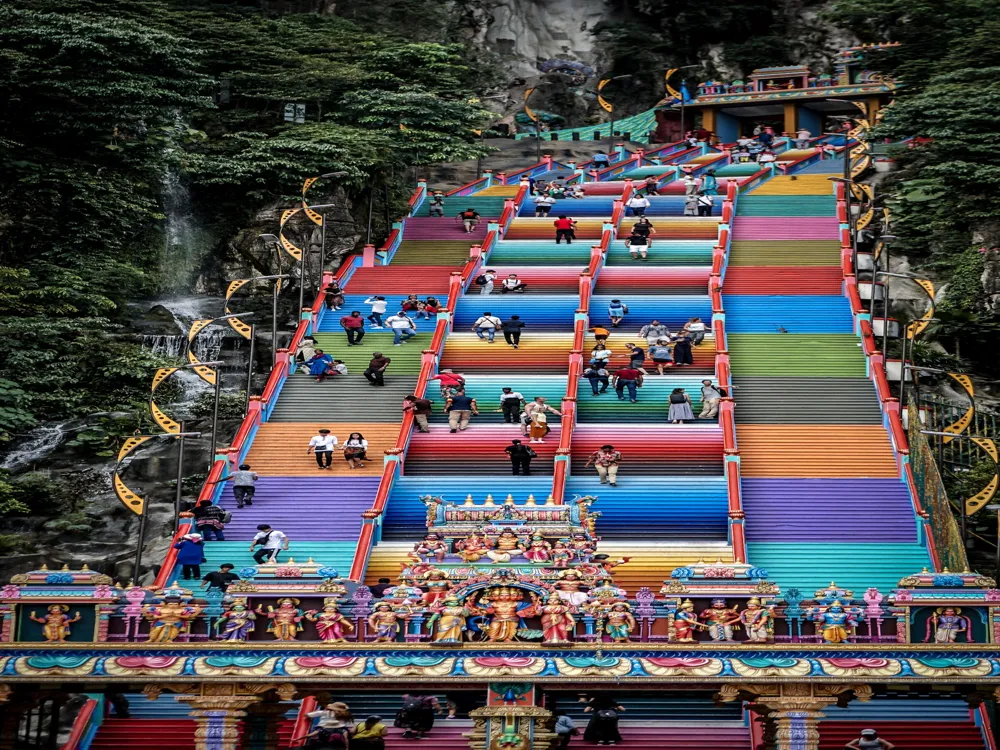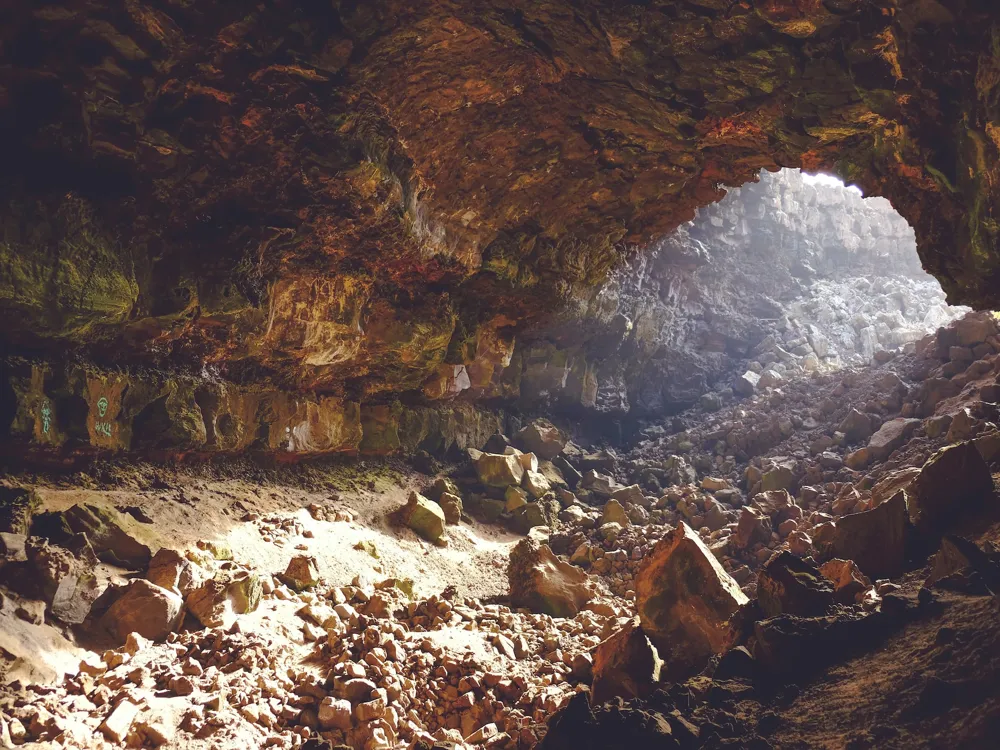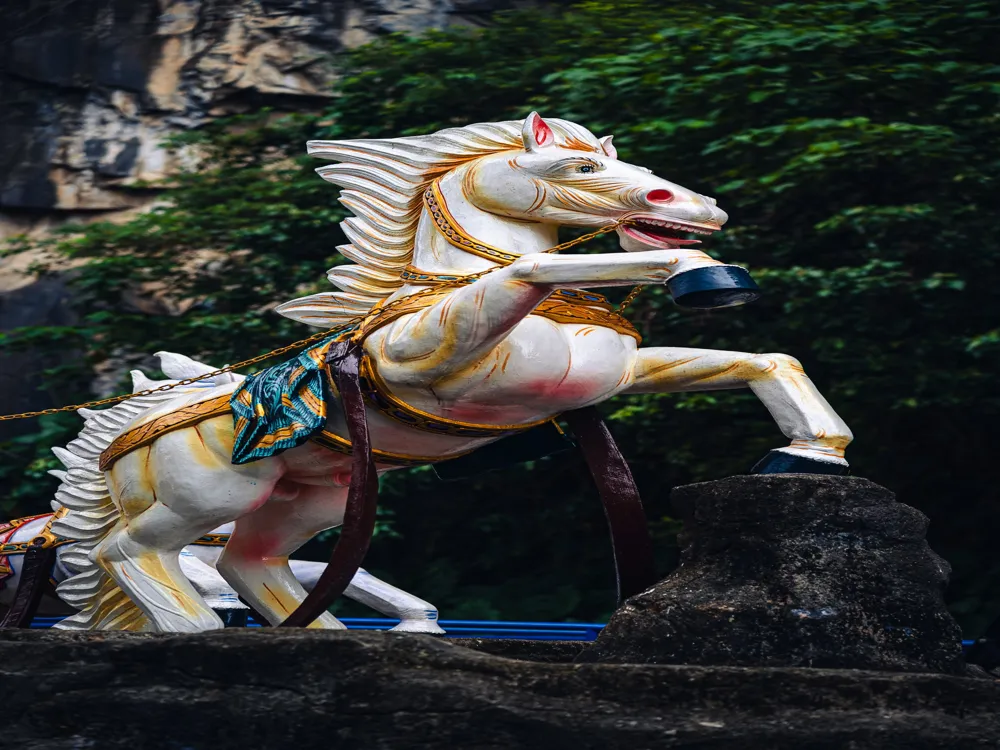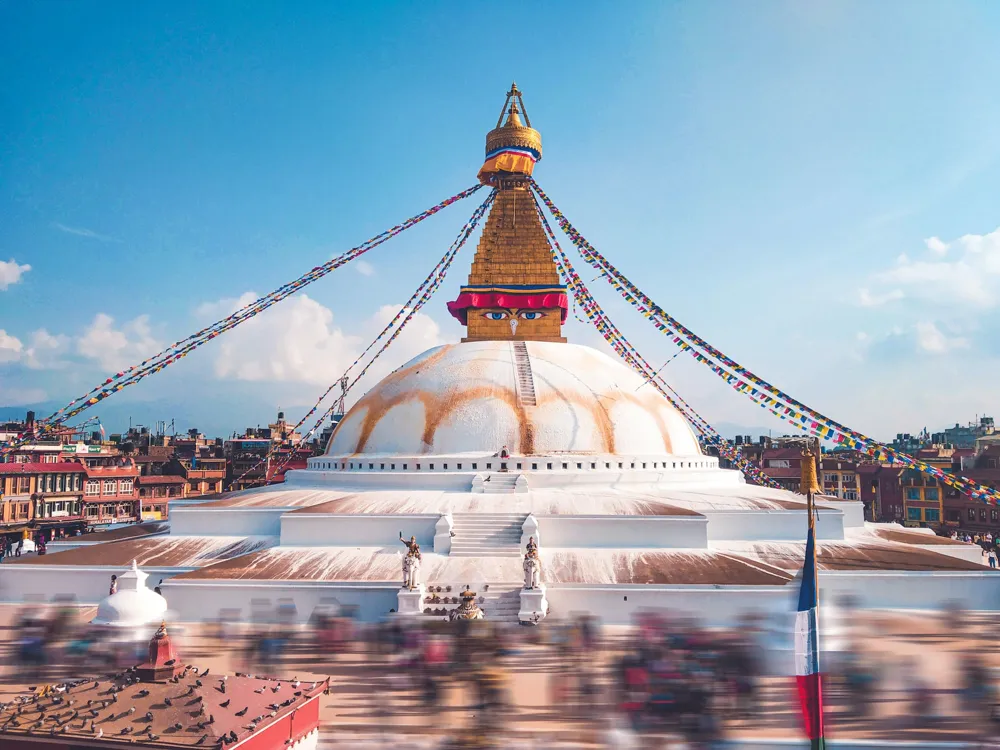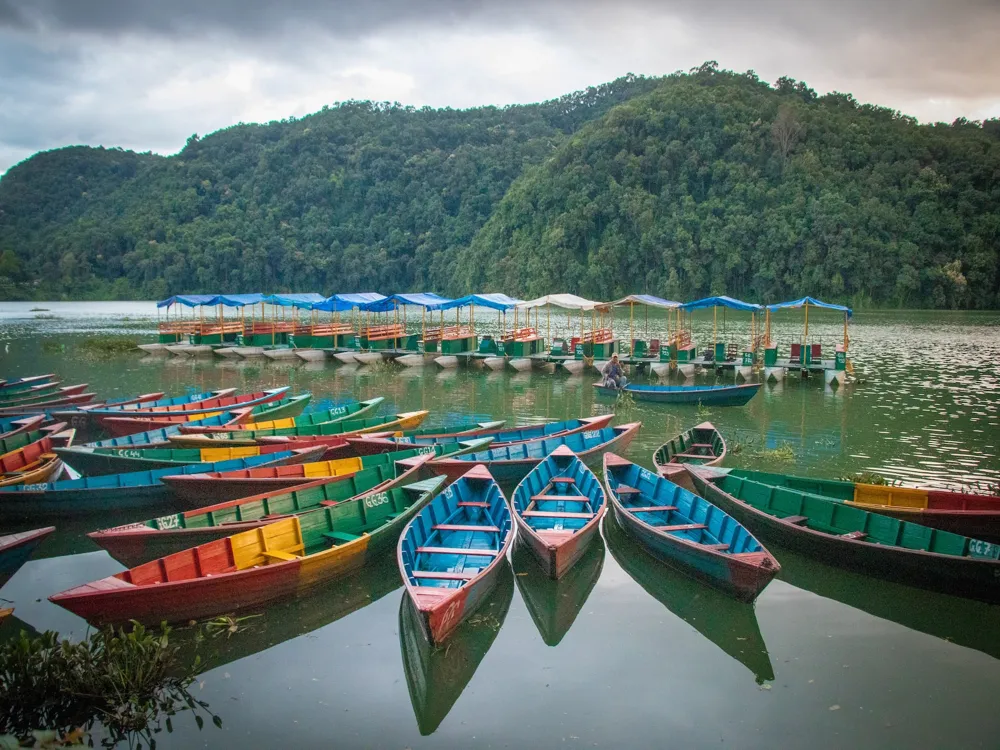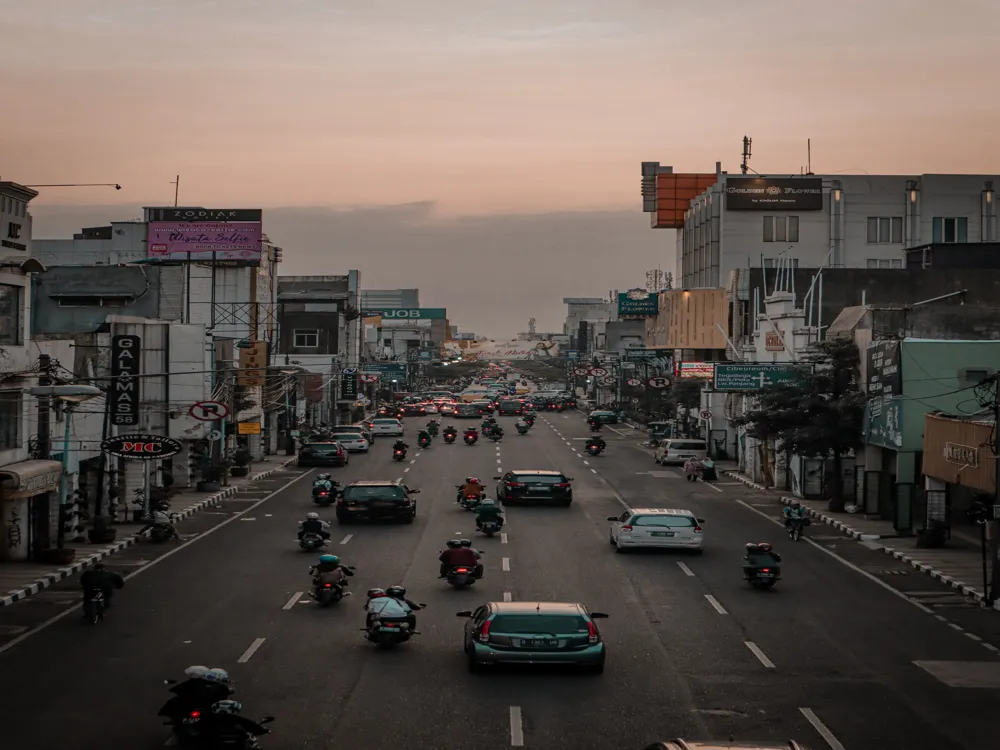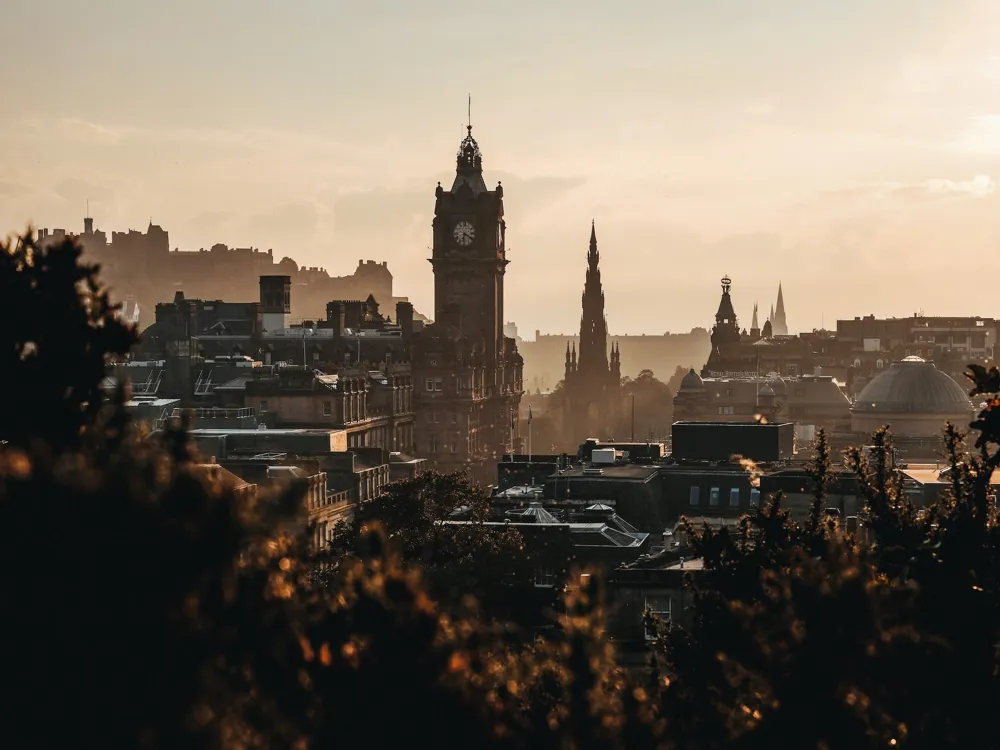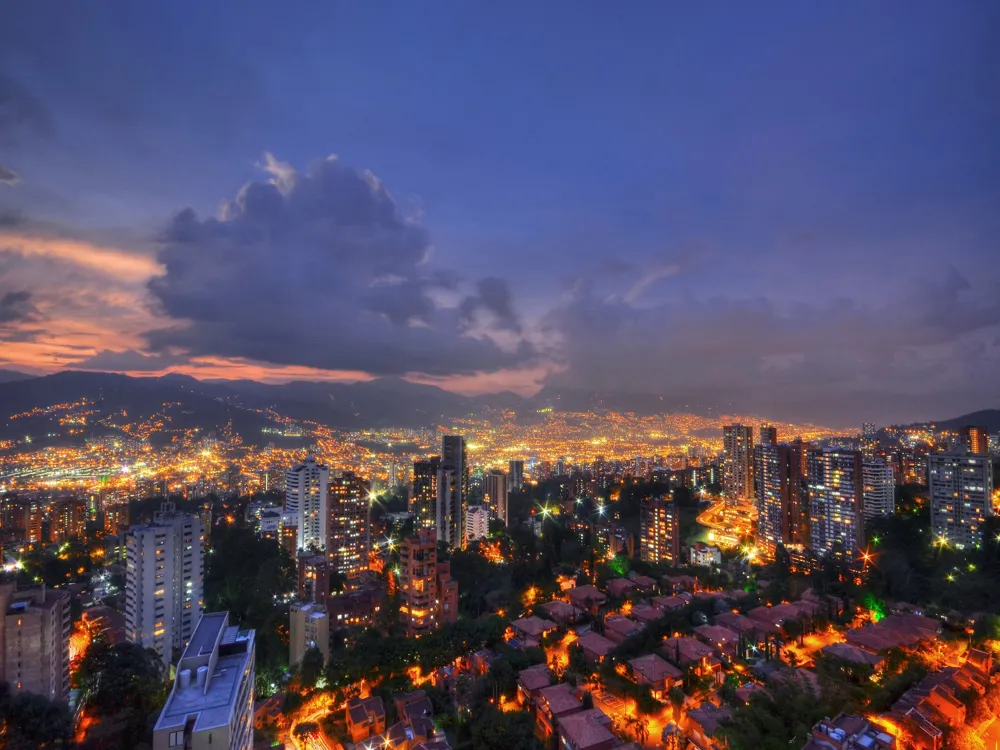Best Time to Visit Batu Caves
Selangor Malaysia
10 out of 48 Places to visit in MalaysiaNaN onwards View Packages
Get Customized PackagesThe Land of Diversity
Top Hotel Collections

Private Pool

Luxury Hotels

5-Star Hotels

Pet Friendly
What is the Best Time to Visit BATU CAVES?
Batu Caves, a magnificent limestone hill featuring a series of caves and cave temples, stands as an iconic landmark in Malaysia. Exploring this wonder is a journey that promises awe and cultural richness. Understanding the best time to visit Batu Caves ensures an experience that resonates with both weather enthusiasts and cultural aficionados alike.
More about the Best Time to Travel to BATU CAVES
Travel Peak Season in BATU CAVES
Embarking on a journey during the peak season at Batu Caves guarantees a vibrant atmosphere and optimal exploration conditions. The months from March to June usher in warm weather, providing a delightful backdrop for immersing oneself in the cultural marvels of this destination. The influx of tourists during these months enhances the communal spirit, making it an ideal time for those who enjoy bustling environments and lively celebrations.
Travel Offseason in BATU CAVES
For those seeking a more serene experience, the offseason at Batu Caves, spanning from July to October, presents an intriguing alternative. While the weather during the monsoon season might be unpredictable, the lower tourist footfall provides an intimate setting for those looking to delve deeper into the spiritual and historical facets of Batu Caves.
Batu Caves Travel Packages
View All Packages For Batu Caves
BATU CAVES Weather in Winter (November – February)
BATU CAVES Weather in November
As winter sets in, November brings a pleasant change in weather, transitioning from the monsoon season. The air is crisp, and the landscape rejuvenates, offering an ideal setting for exploration. The average temperature hovers around 25°C, creating a comfortable ambiance for visitors.
BATU CAVES Weather in December
December continues the mild climate, with temperatures ranging from 23°C to 25°C. The holiday season adds a festive touch to the surroundings, making it an excellent time for a family visit.
BATU CAVES Weather in January
January welcomes cooler temperatures, ranging from 22°C to 24°C. The scenic beauty of Batu Caves is accentuated by the mild weather, providing a tranquil backdrop for spiritual reflection.
BATU CAVES Weather in February
The weather in February maintains its cool charm, with temperatures averaging 22°C. This period marks a sweet spot between the vibrant festivities of the previous months and the serenity of the upcoming offseason.
BATU CAVES Weather in Summers (March to June)
BATU CAVES Weather in March
As summer approaches, March introduces warmer temperatures ranging from 24°C to 28°C. This is an optimal time for those who wish to enjoy the outdoors and explore the caves without the intensity of the peak summer heat.
BATU CAVES Weather in April
April sees a gradual increase in temperature, reaching a range of 25°C to 29°C. The lush greenery surrounding Batu Caves adds to the allure, creating a picturesque environment for nature enthusiasts.
BATU CAVES Weather in May
May brings full-fledged summer with temperatures ranging from 26°C to 30°C. Despite the warmth, the well-shaded areas around the caves provide respite, ensuring a comfortable visit.
BATU CAVES Weather in June
June marks the peak of summer, with temperatures ranging from 27°C to 31°C. While the weather might be warmer, the festivities and cultural experiences during this period make it a compelling time to witness Batu Caves in all its glory.
BATU CAVES Weather in Monsoon (July – October)
BATU CAVES Weather in July
July marks the onset of the monsoon season, bringing occasional showers and cooler temperatures ranging from 25°C to 29°C. Despite the rain, Batu Caves exudes a mystical charm, creating a unique and enchanting experience.
BATU CAVES Weather in August
August continues the monsoon ambiance, with temperatures ranging from 24°C to 29°C. The intermittent rain adds a refreshing touch to the surroundings, enhancing the overall experience.
BATU CAVES Weather in September
September sees a gradual decrease in rainfall, offering a transition from the peak monsoon season. Temperatures range from 24°C to 28°C, making it a delightful time for those who prefer milder weather.
BATU CAVES Weather in October
October marks the conclusion of the monsoon season, with temperatures ranging from 23°C to 27°C. The post-monsoon freshness adds vibrancy to the landscape, making it an excellent time for nature walks and exploration.
In conclusion, choosing the best time to visit Batu Caves depends on individual preferences, whether it be the vibrant peak season, the serene offseason, or the enchanting transitions between these periods. Each season brings its unique charm to this cultural and natural marvel, ensuring a memorable experience for every visitor.
Places To Visit In Batu Caves
View All Places To Visit In Batu CavesNearby Places Batu Caves
Batu Caves Photos
View All Photos For Batu CavesBrowse Package Collections
Browse Hotel Collections
Faq
Q: What is the best time to visit Batu Caves for a cultural experience?
A: For an immersive cultural experience at Batu Caves, it's recommended to visit during the Thaipusam festival, usually held between January and February. The vibrant celebrations and religious rituals during this time offer a unique insight into the local Hindu culture.
Q: When is the ideal time to avoid crowds at Batu Caves?
A: To avoid large crowds and long queues, consider visiting Batu Caves on weekdays, especially during the morning hours. Early mornings provide a quieter atmosphere, allowing you to explore the site with more tranquility.
Q: What months should be avoided due to unfavorable weather at Batu Caves?
A: The months of April to October are generally the driest and most suitable for visiting Batu Caves. Monsoon season, occurring from November to March, may bring heavy rainfall, potentially affecting the outdoor experience.
Q: Are there specific times for photography enthusiasts to capture the best shots at Batu Caves?
A: For photography enthusiasts, the golden hours around sunrise and sunset offer stunning lighting conditions. These times provide a warm and soft glow, enhancing the beauty of Batu Caves and its surroundings.
Q: When is the Batu Caves Temple less crowded for those seeking a serene spiritual experience?
A: Weekday mornings outside of major festivals are the best times for a serene spiritual experience at Batu Caves. The reduced number of visitors allows for a more peaceful exploration of the temple and its surroundings.

